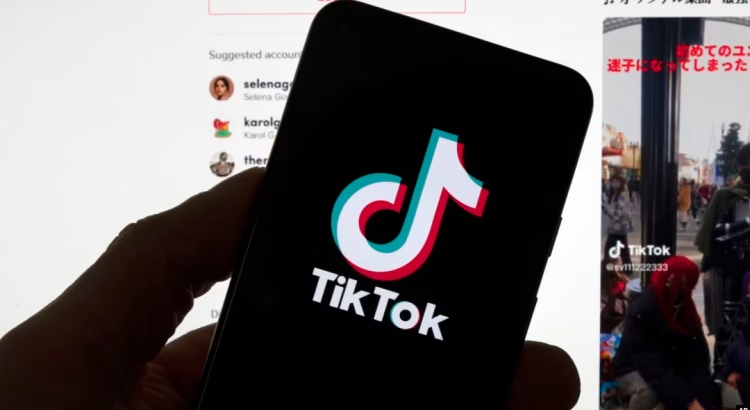Josh Shear – In an era where a 60-second dance video can garner more attention than a groundbreaking investigative report, TikTok explosive growth raises a pressing question: Is real news dying? The platform’s algorithm prioritizes entertainment over education, virality over veracity, leaving many to wonder if we’re trading depth for dopamine hits. What does TikTok dominance reveal about our changing media consumption and at what cost?
Read More : Hackers Beware : Quantum Security Is Here!
The Attention Economy: How TikTok Rewires Our Brains
TikTok’s success hinges on its ability to hijack attention spans. The endless scroll of snackable content conditions users to crave instant gratification, making long-form journalism seem tedious in comparison. Studies show that the average user spends over 90 minutes daily on TikTok, yet only a fraction of that time on traditional news sources.
This shift isn’t just about preference it’s neurological. The platform’s rapid-fire format triggers dopamine surges, creating an addiction loop that sidelines slower, more analytical thinking. When news competes with viral challenges, real stories struggle to break through the noise.
The Erosion of Trust: When Entertainment Masquerades as News
TikTok blurs the line between information and entertainment, allowing misinformation to thrive. A trending soundbite can spread faster than fact-checkers can debunk it, and algorithm-driven echo chambers reinforce biases rather than challenge them.
Unlike traditional journalism, which operates under editorial standards, TikTok’s content is driven by engagement metrics. The result? Sensationalism often outweighs substance, and users are left with a distorted view of reality. The decline of fact-based reporting in favor of viral trends signals a dangerous shift in how we consume information.
The Fall of Gatekeepers: Who Controls the Narrative Now?
Legacy media once acted as gatekeepers, vetting stories for accuracy before publication. Today, anyone with a smartphone can shape public opinion for better or worse. TikTok democratizes content creation but also dismantles accountability.
Citizen journalism has its merits, but without checks and balances, conspiracy theories and half-truths gain traction. The platform’s algorithm favors controversy over nuance, pushing divisive content that drives clicks rather than informed discourse.
The Rise of Emotional Storytelling Over Factual Reporting
TikTok thrives on emotion, not evidence. Heartfelt personal stories often overshadow data-driven reporting, leading audiences to prioritize relatability over reliability. A tearful anecdote can sway public opinion more effectively than a peer-reviewed study.
This emotional bias skews perceptions, making it harder for objective journalism to compete. When feelings trump facts, the very foundation of an informed electorate begins to crumble.
Can Journalism Adapt? The Fight for Relevance in the TikTok Era
Some news organizations have tried to meet audiences where they are, creating bite-sized, TikTok-friendly reports. But condensing complex issues into 15-second clips risks oversimplification. Investigative pieces lose depth, and critical context is sacrificed for shareability.
The challenge isn’t just about format—it’s about reclaiming audience attention in a landscape that rewards distraction. If journalism fails to innovate without compromising integrity, the future of real news looks bleak.
A Glimmer of Hope: Can Quality Content Survive?
Despite the odds, there’s still demand for credible reporting. Niche platforms like Substack and independent journalists on TikTok itself prove that audiences will engage with well-researched content if it’s presented compellingly.
The solution may lie in hybrid models: leveraging TikTok’s reach while directing users to deeper analysis elsewhere. If legacy media can adapt without diluting its mission, real news might not disappear it could evolve.
Final Reflection: The Choice Between Convenience and Truth
TikTok’s ascent isn’t just a cultural shift—it’s a referendum on what we value. In a world where entertainment eclipses enlightenment, the death of real news isn’t inevitable, but it is a risk. The responsibility lies not just with platforms, but with users. Will we settle for fleeting distractions, or will we demand substance beneath the spectacle?



